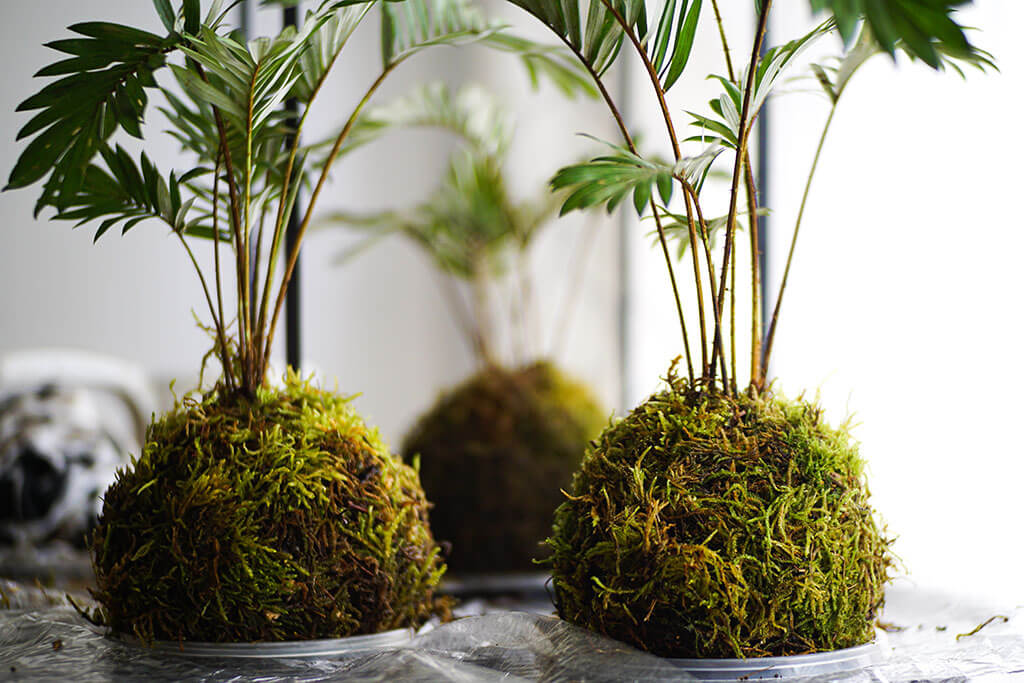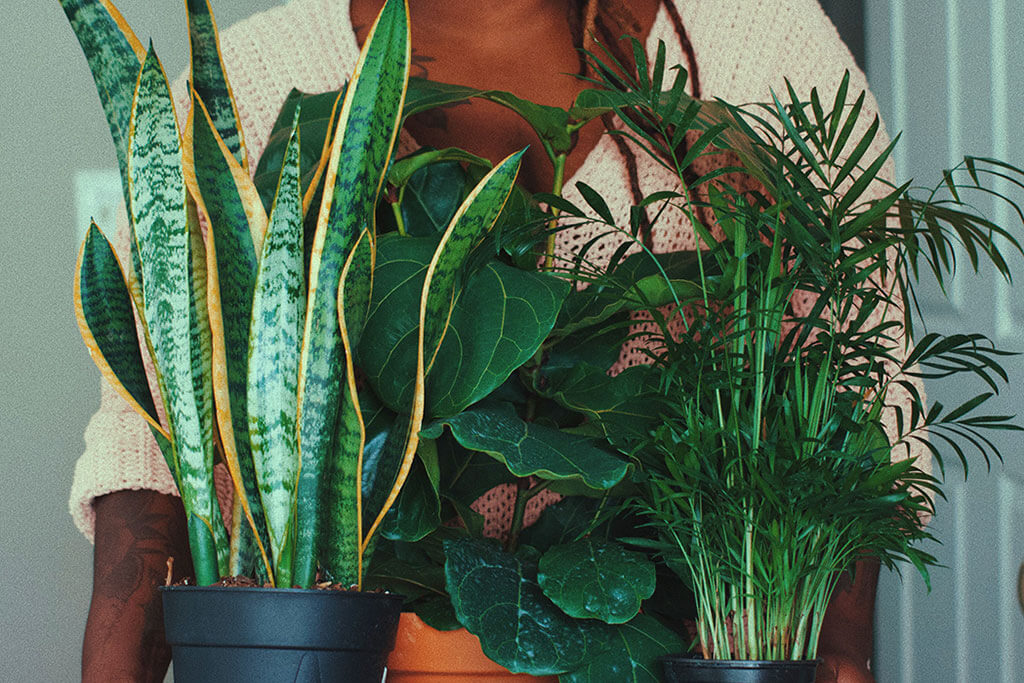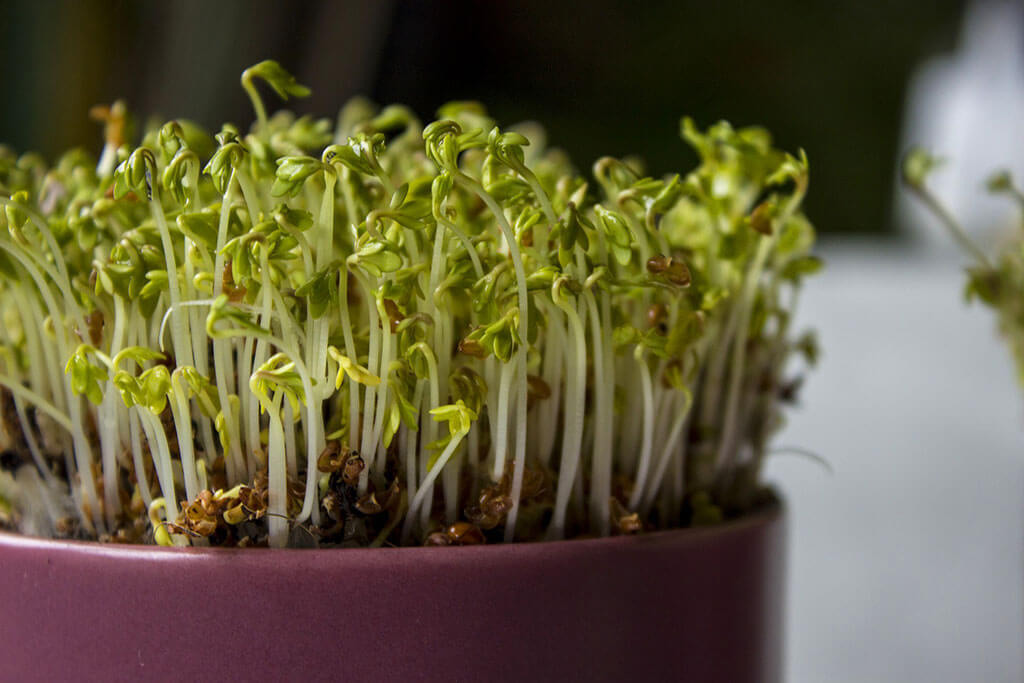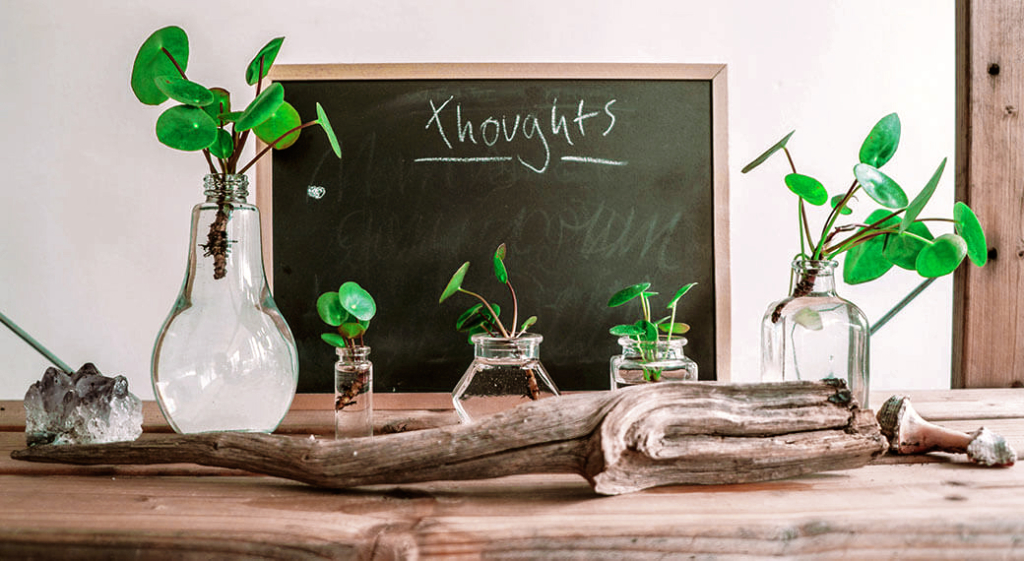This is Part 1 of a 2-part series about plantscaping and biophilic design for restaurants. Please click here for Part 2.
Would you like to create a more pleasant environment for guests in your restaurant? How about an atmosphere that supports their health and wellbeing, while simultaneously increasing the perceived value of your establishment?
Today, we will take a look at some of the benefits indoor landscaping (or “plantscaping”) has to offer as well as potential challenges that could pop up. In our next article, we will show you some real-life examples of restaurants that have successfully incorporated greenery into their interior design.

Biophilic Design in a Nutshell
The International Living Future Institute defines biophilic design as the practice of connecting people and nature within our buildings, environments, and communities. People in the United States spend, on average, 90% of their life indoors.
However, that wasn’t always the case. Humans evolved outdoors and are hardwired to benefit from the natural environment. Scientific studies continually show a positive exposure-response relationship between humans and nature. Of course, it doesn’t take a study to prove that spending more time in nature away from technology and noise improves our health and wellbeing; most of us have experienced these benefits firsthand.

Biophilic design brings the direct experience of nature (light, air, water, plants, …) into our manufactured environment to increase health and productivity. Adding elements of biophilic design into the indoor areas we spend our time in changes how people feel within the space. The most prominent benefits or emotional changes include comfort, relaxation, and even a drop in our cortisol levels.
Fundamentally, biophilic design seeks to turn interior environments into medicine for humans that are spending more and more time indoors. This improves the wellbeing of our bodies and minds.
Commercial Espresso Machine Buying Guide »
The Advantages of Plantscaping Within a Restaurant
Since the mid-2010s, plants have continued to play a larger role in the home and in restaurants. Here are some additional benefits of adding plants into either the original interior design of your establishment if you are just starting up, or into your existing layout.
- Plants brighten up a room and have a universal visual appeal.
- Restaurants containing plants that are well cared for and thoughtfully displayed have a higher perceived value by consumers than restaurants without them.
- Plants are also a functional investment. For instance, instead of an entirely manufactured structure, use greenery as room and seating dividers.
- Edible plants function as both décor and as valuable fresh ingredients.
- They fill awkward spaces and hide imperfections, making the room more inviting to guests.
- Plants, depending on their volume, purify the air and reduce dust levels.
- Plants help to absorb noise pollution and quiet a room.
- Lush greenery’s effect on mood and wellbeing creates a positive emotional association with the restaurant, resulting in more repeat customers and strengthening your bottom line.

Challenges of Plant Maintenance Within Commercial Structures
The benefits of adding greenery into indoor environments is evident. That said, plants do require attention and upkeep. They are sensitive to changes in their environment and are unable to flourish under debilitating conditions. In order to avoid exposing your patrons to dead plants, thereby creating the opposite intended effect. Plan ahead by keeping a few common challenges to keep in mind.
The first challenge to plan ahead for is simply, plants need water. The surest way to accomplish this is to assign a dedicated staff member to quench their thirst. If they are forgotten or if too many people decide to water them, your plants will not last long.

Next, keep the ambient temperature in mind. For example, can your plants handle air conditioning? Conversely, are they too close to the heat emanating out of the kitchen?
Lastly, their placement should be carefully considered. Keep them out of heavily trafficked areas where both servers and patrons are likely to bump into them and cause damage. And of course, plants require sunlight. Make sure you place them in areas that will meet their individual needs. For example, a lot of restaurant-friendly plants thrive in indirect sunlight, while some prefer soaking up direct rays.



